|
PORTUGUESE TILE |
|
Azulejo, from the Arabic word zellige زليج) is a form of Portuguese or Spanish painted, tin-glazed, ceramic tilework. It has become a typical aspect of Portuguese culture, having been produced without interruption for five centuries. In Portugal and other Portuguese-speaking countries, azulejos are found on the interior and exterior of churches, palaces, ordinary houses, schools, restaurants, bars and even railway stations or subway stations. They constitute a major aspect of Portuguese architecture as they are applied on walls, floors and even ceilings. They were not only used as an ornamental art form, but also had a specific functional capacity like temperature control in homes. Many azulejos chronicle major historical and cultural aspects of Portuguese history. |
 |
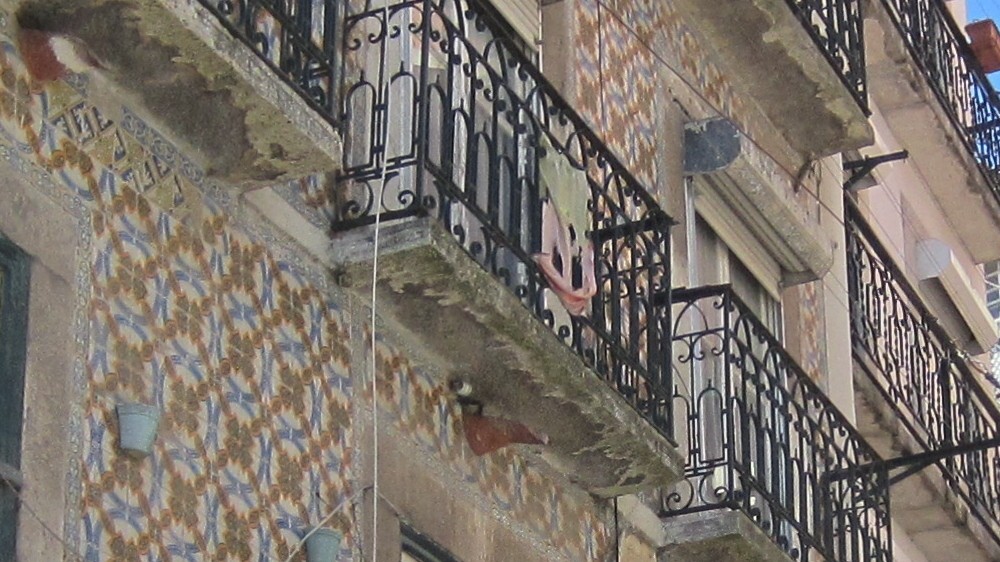 |
 |
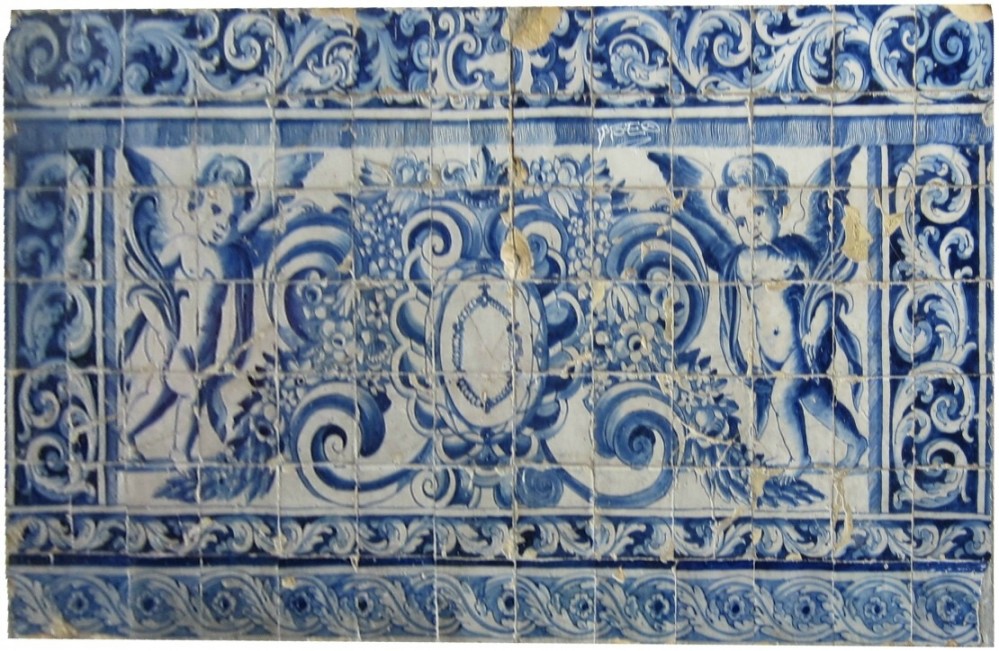 |
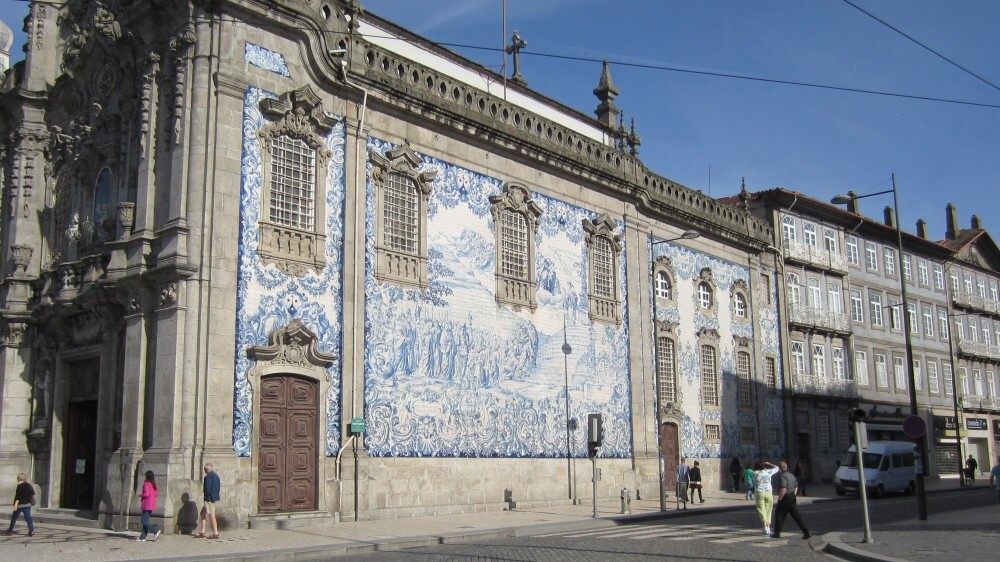 |
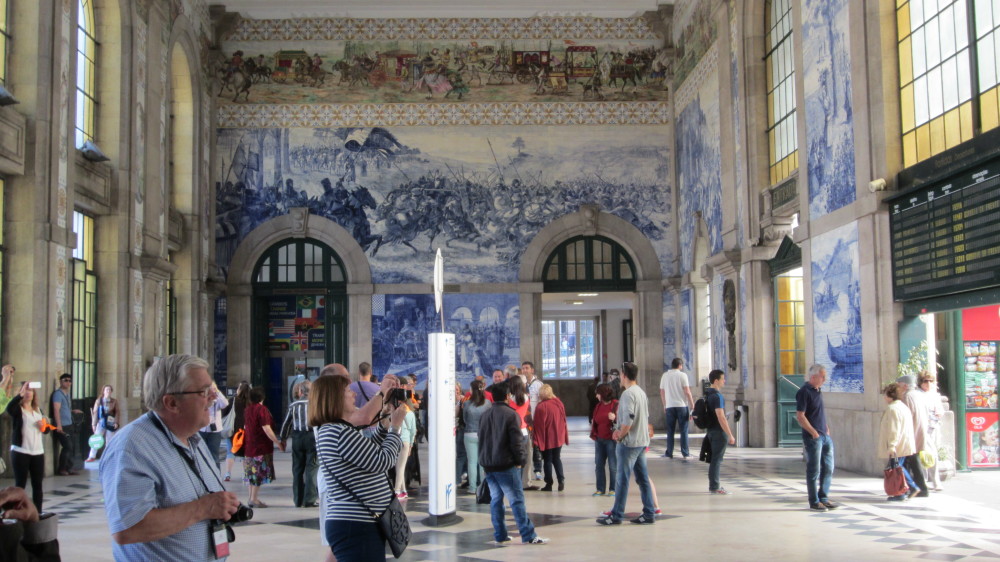 |
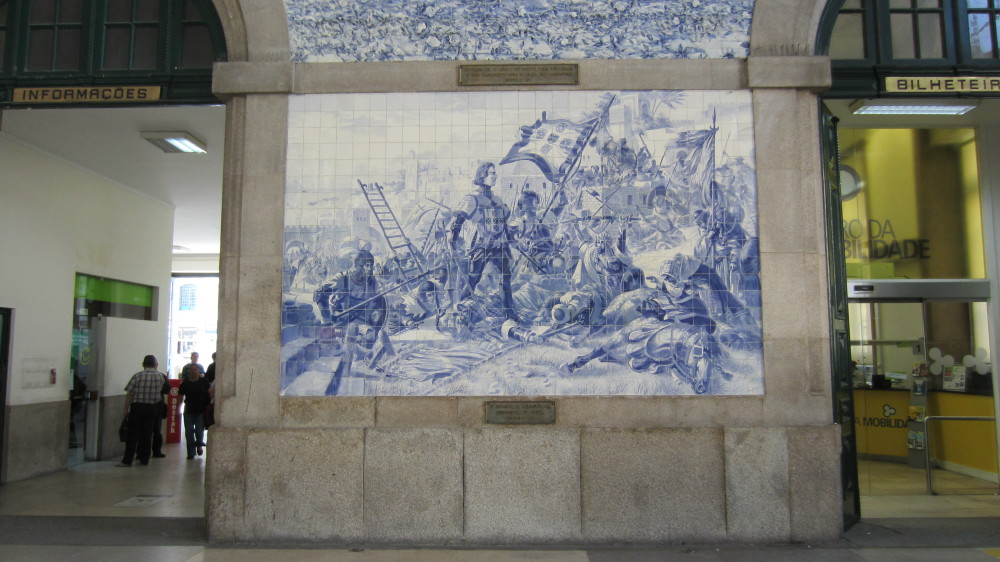 |
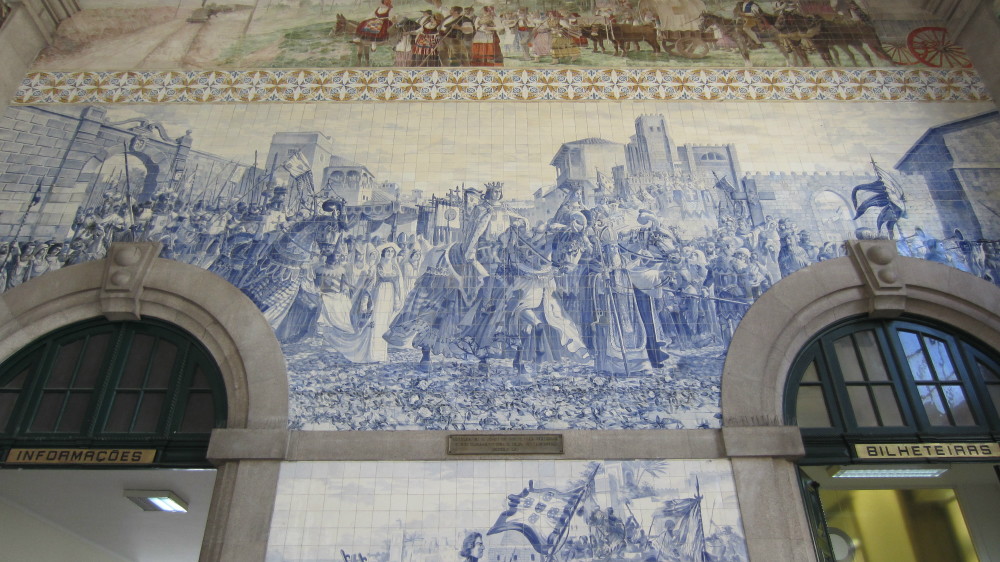 |
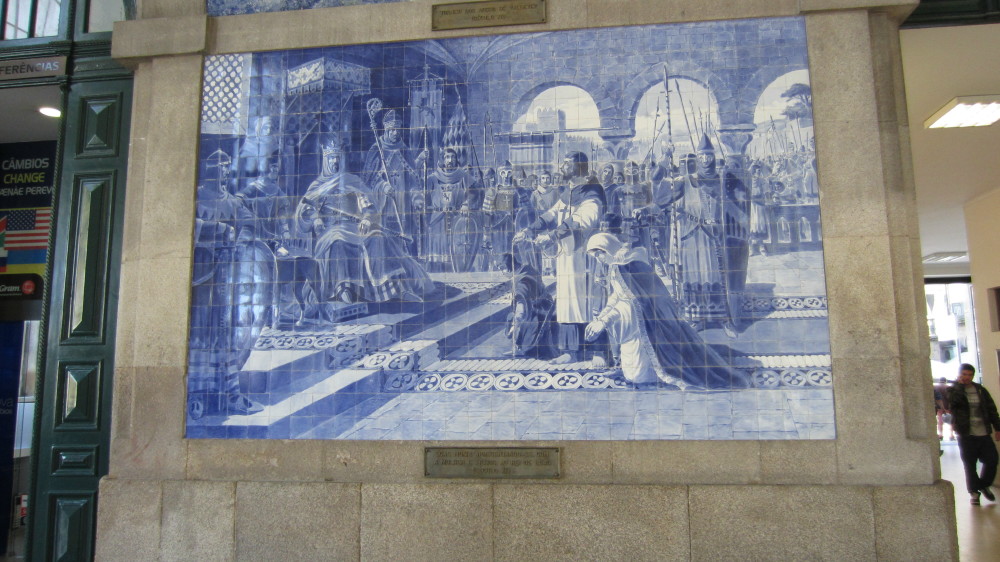 |
 |
 |
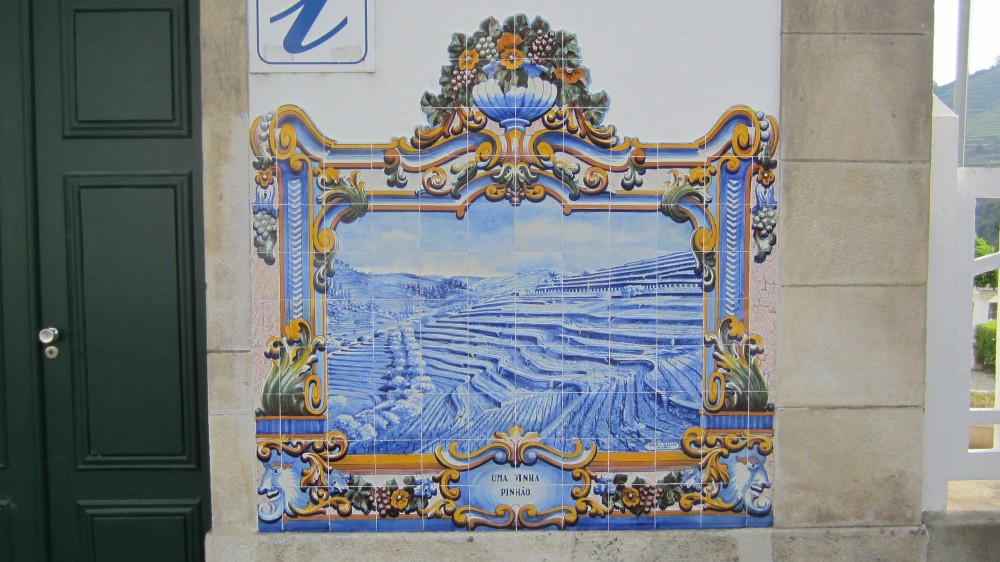 |